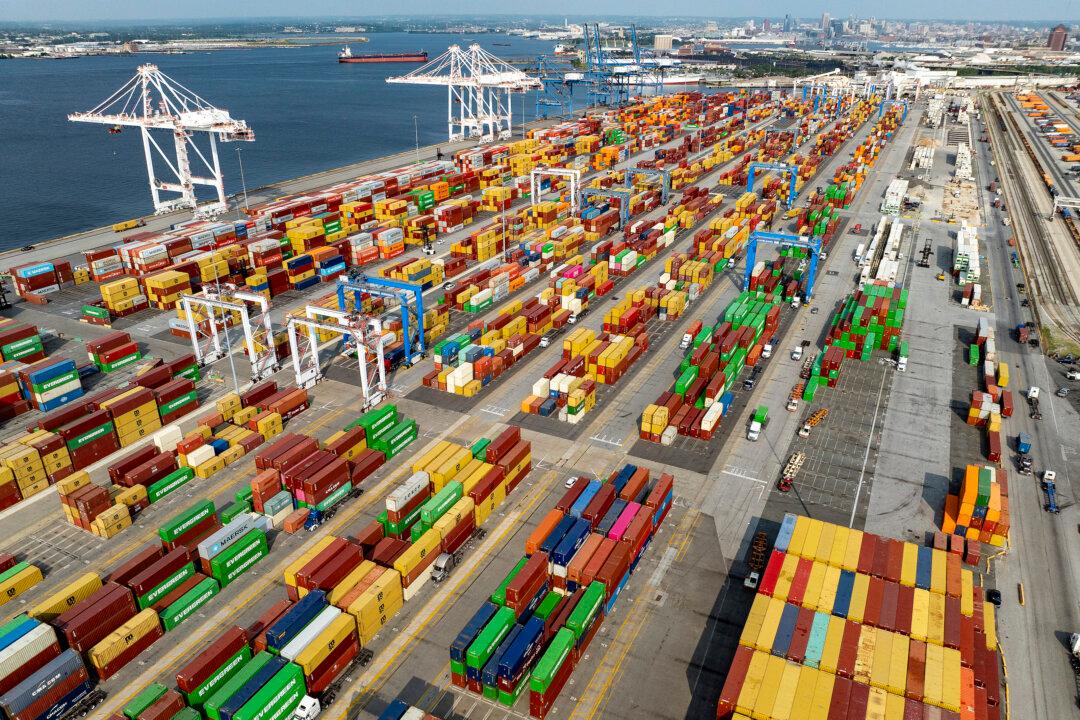The major developed economies have allowed China to get away with its protectionism and interventionism measures because it was the engine of growth of the world economy.
Many talk about trade war as if it were something new and unexpected, but it’s not. The world has been in a trade war for years. The United States has denounced trade barriers imposed by China, the European Union, and other countries for many years, and the World Trade Organization did little about it. The 2017 National Trade Estimate Report on Foreign Trade Barriers filled more than 70 pages outlining direct barriers imposed on the export of U.S. goods and services.





